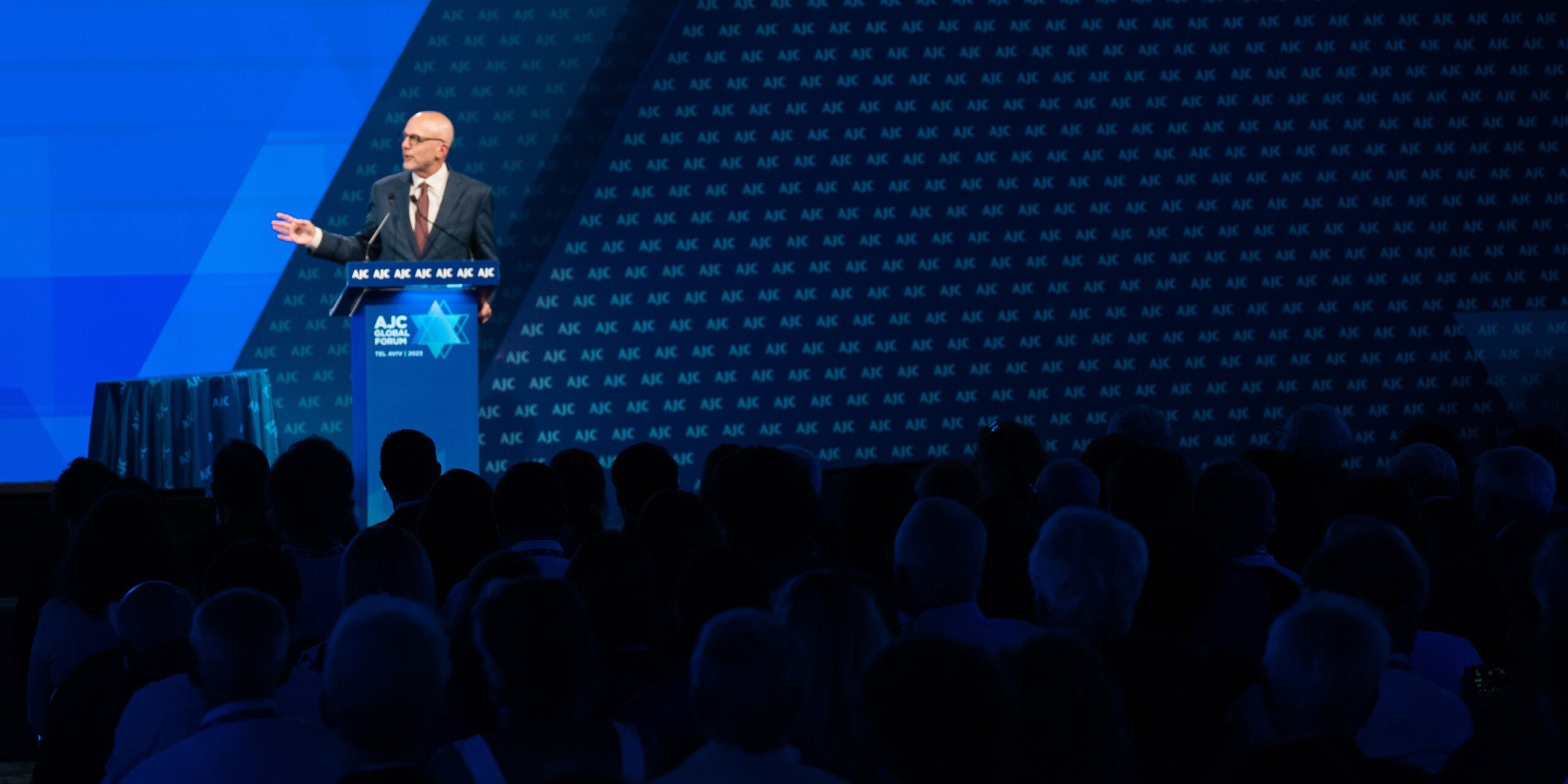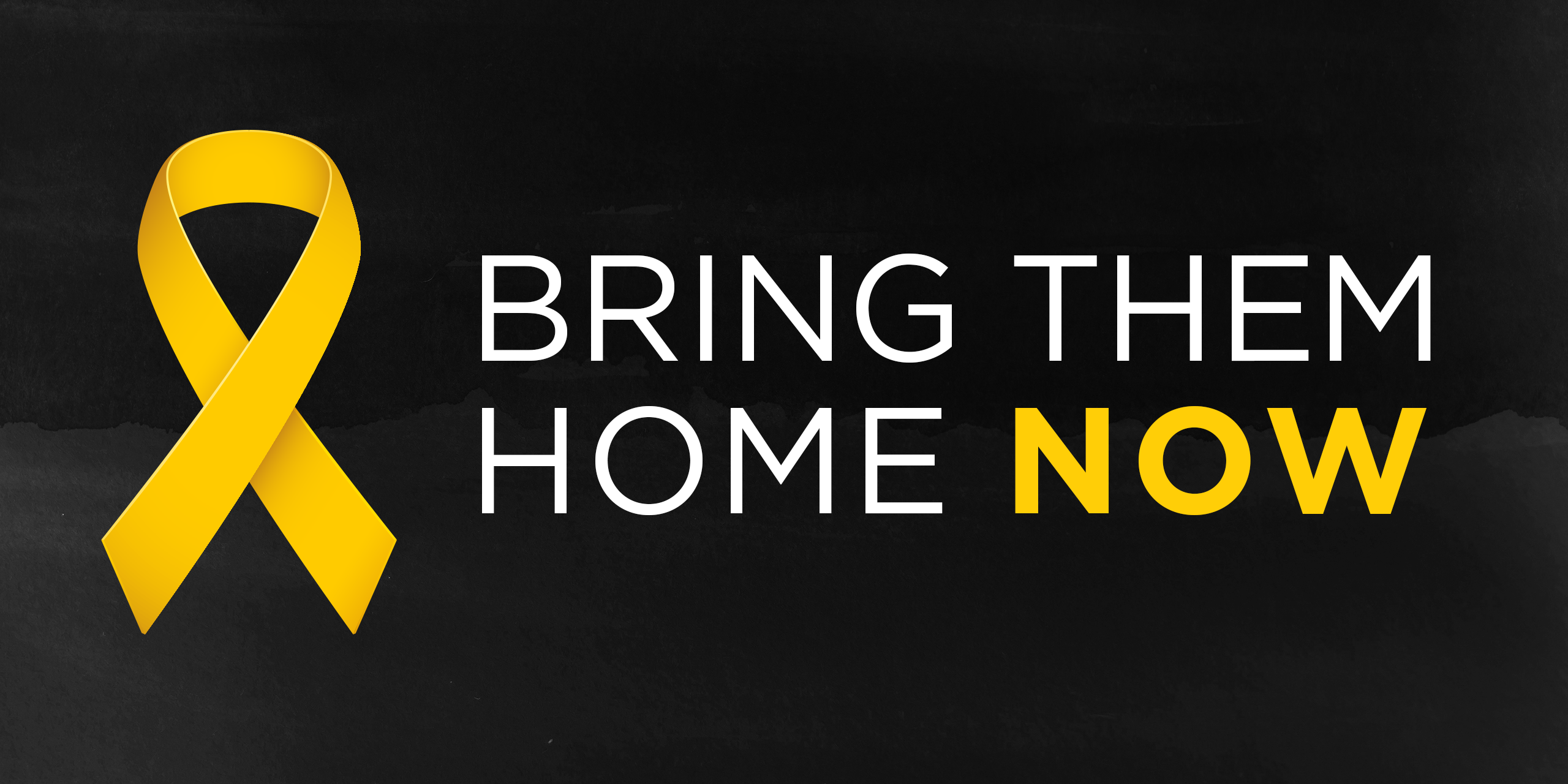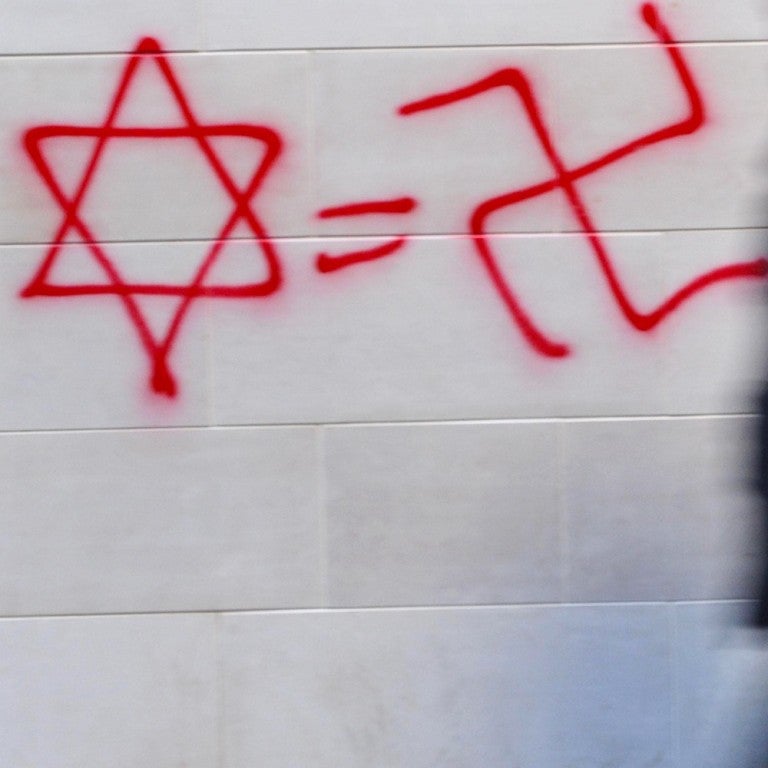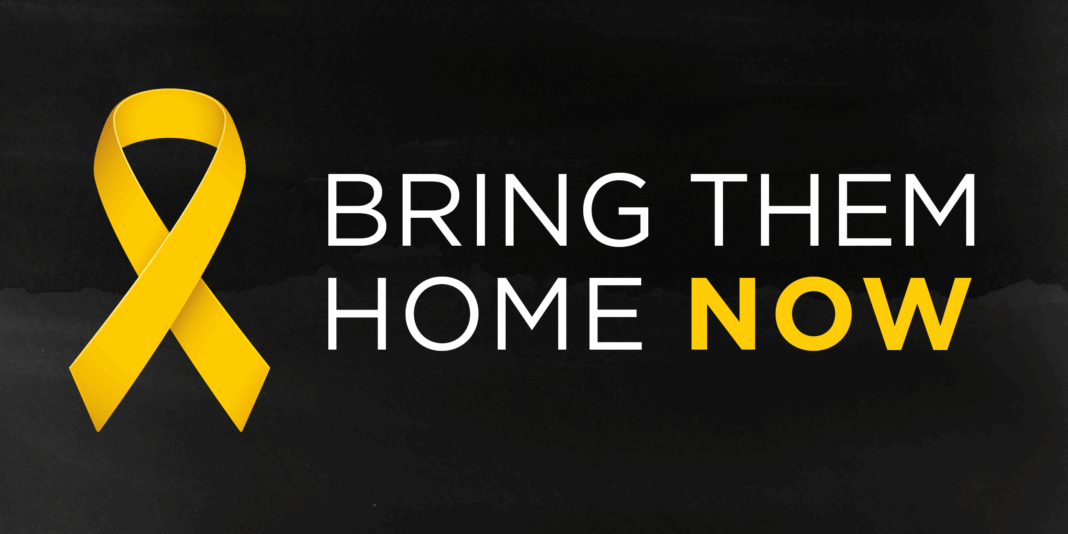The air in Dave Portnoy’s Philly Barstool Sports outpost was thick with more than just the smell of stale beer and questionable nachos. Last week, an incident erupted that went far beyond the typical sports bar banter, casting a dark shadow over the establishment and sparking outrage from the American Jewish Committee (AJC). What started as a seemingly harmless joke quickly spiraled into a display of blatant antisemitism, raising critical questions about the responsibility of platforms like Barstool Sports and the insidious nature of hate speech in our society.

The Broader Context: Antisemitism on the Rise

Post-October 7th Surge: Examining the Impact of the Israel-Hamas War on Antisemitic Incidents and Discourse
The recent conflict between Israel and Hamas has unfortunately coincided with a surge in antisemitic incidents and discourse across the globe. While the war itself has sparked complex and heated debates, it has also emboldened individuals and groups to express openly hateful and discriminatory views against Jewish people. This alarming trend underscores the urgent need to address the underlying causes of antisemitism and to create a more inclusive and tolerant society.

The Role of Social Media and Universities: Analyzing the Platforms Where Antisemitic Hate Proliferates and the Responsibility of Institutions to Address It
Social media platforms have become breeding grounds for hate speech, enabling the rapid spread of antisemitic content and conspiracy theories. The anonymity and lack of accountability often associated with online interactions contribute to a climate where bigotry can flourish unchecked. Universities, as centers of learning and critical thinking, have a particular responsibility to combat antisemitism on their campuses. This includes fostering a culture of respect and tolerance, educating students about the dangers of hate speech, and taking swift and decisive action against individuals who engage in antisemitic behavior.

Temple University’s Involvement: Holding Students Accountable
Student Involvement and Disciplinary Action
Temple University, where one of the individuals involved in the incident is a student, swiftly condemned the actions and announced the interim suspension of the student pending a full investigation. The university’s commitment to holding students accountable for their actions, regardless of where they occur, is commendable. By taking swift and decisive action, Temple University sends a clear message that antisemitism will not be tolerated within its community.

Balancing Free Speech with Hate Speech
The incident raises complex questions about the delicate balance between free speech and hate speech. While universities have a fundamental obligation to protect the right to free expression, this right is not absolute. There are legitimate limits to free speech when it comes to inciting violence, promoting discrimination, or creating a hostile environment for others. Universities must carefully consider the context and potential consequences of speech before taking disciplinary action, while also ensuring that hate speech does not go unchallenged.
Moving Forward: Lessons and Solutions
The Power of Dialogue and Education
While Portnoy’s initial reaction to the incident was anger and a desire for retribution, his subsequent decision to prioritize education offers a valuable opportunity for dialogue and understanding. By sending the individuals involved to Auschwitz, Portnoy aims to expose them to the horrors of the Holocaust and to foster empathy for the victims. This approach, while controversial, highlights the importance of education in combating antisemitism. Creating spaces for open and honest conversations about history, prejudice, and discrimination can help to break down stereotypes and foster a more tolerant society.
Combating Antisemitism
Addressing the rise in antisemitism requires a multifaceted approach that involves individuals, institutions, and governments.
- Education and Awareness:
- Social Media Responsibility:
- Law Enforcement Action:
- Intergroup Dialogue and Collaboration:
Integrating Holocaust education into school curriculums, promoting awareness of antisemitic tropes and stereotypes, and providing resources for individuals to learn more about Jewish history and culture are essential steps in combating antisemitism.
Social media platforms have a responsibility to develop and implement effective policies for addressing hate speech and to work with civil society organizations to monitor and mitigate the spread of antisemitic content.
Law enforcement agencies need to take a proactive approach to investigating and prosecuting antisemitic crimes. This includes treating reports of antisemitism seriously, collecting data on hate crimes, and working with Jewish communities to identify and address emerging threats.
Fostering dialogue and understanding between different communities can help to bridge divides and to create a more inclusive society.
Conclusion
Conclusion: The Unsettling Reality of Antisemitism in the Public Sphere
In the article “Explained: The Antisemitic Incident at Dave Portnoy’s Barstool Sports Philly Bar – American Jewish Committee,” we delved into the disturbing incident that unfolded at Barstool Sports’ Philadelphia bar, where a staffer was seen sporting a shirt with an antisemitic slogan. Our investigation revealed that this incident was not an isolated occurrence, but rather a symptom of a broader issue – the normalization of antisemitic rhetoric in the public sphere. We examined the role of social media, the influence of fringe ideologies, and the complicity of some in perpetuating hatred towards the Jewish community. Our analysis also highlighted the importance of holding influencers and organizations accountable for their actions and the need for greater education and awareness about the dangers of antisemitism.
The significance of this topic cannot be overstated. Antisemitism is a threat not only to the Jewish community but to the very fabric of our society. It is a cancer that spreads hate, division, and violence, and if left unchecked, can lead to devastating consequences. The implications of inaction are stark: a growing climate of intolerance, the erosion of trust in institutions, and the normalization of hate speech. As we look to the future, it is imperative that we take a stand against antisemitism in all its forms, whether it manifests as online harassment, in-person intimidation, or systemic marginalization. We must acknowledge the reality of this issue, confront it head-on, and work towards creating a more inclusive, empathetic, and just society.
As we conclude this investigation, we are reminded that the struggle against antisemitism is a collective responsibility. It requires the efforts of individuals, communities, and institutions to speak out against hatred, to educate ourselves and others, and to demand greater accountability from those who would seek to harm us. The question is not whether we will rise to this challenge, but rather, what will be the consequences of our inaction. Will we continue to turn a blind eye to the rise of antisemitism, or will we choose to stand together against this scourge? The choice is ours, and the clock is ticking.
